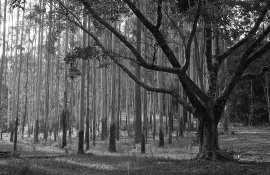Hi
Im interested in starting to make contact prints in either Kallitype or argyrotype or vandyke. I dont know you tell me.
Not sure where to start, most kits seem to be expensive and limited to only a few 8x10's. So I was wondering if someone could give me a grocery list of whats needed and amounts so I can buy the ingredients and make my own.
Have normal film and paper chemistry, not sure if any of that is of use?
Im ok with following recipes and process, but I really struggle with Latin....
Intend to use 8x10 negatives, well once I have a camera, may have to make one.
Yes I have googled and searched, just need a little direction to where to start.
Thanks
Im interested in starting to make contact prints in either Kallitype or argyrotype or vandyke. I dont know you tell me.
Not sure where to start, most kits seem to be expensive and limited to only a few 8x10's. So I was wondering if someone could give me a grocery list of whats needed and amounts so I can buy the ingredients and make my own.
Have normal film and paper chemistry, not sure if any of that is of use?
Im ok with following recipes and process, but I really struggle with Latin....

Intend to use 8x10 negatives, well once I have a camera, may have to make one.
Yes I have googled and searched, just need a little direction to where to start.
Thanks




